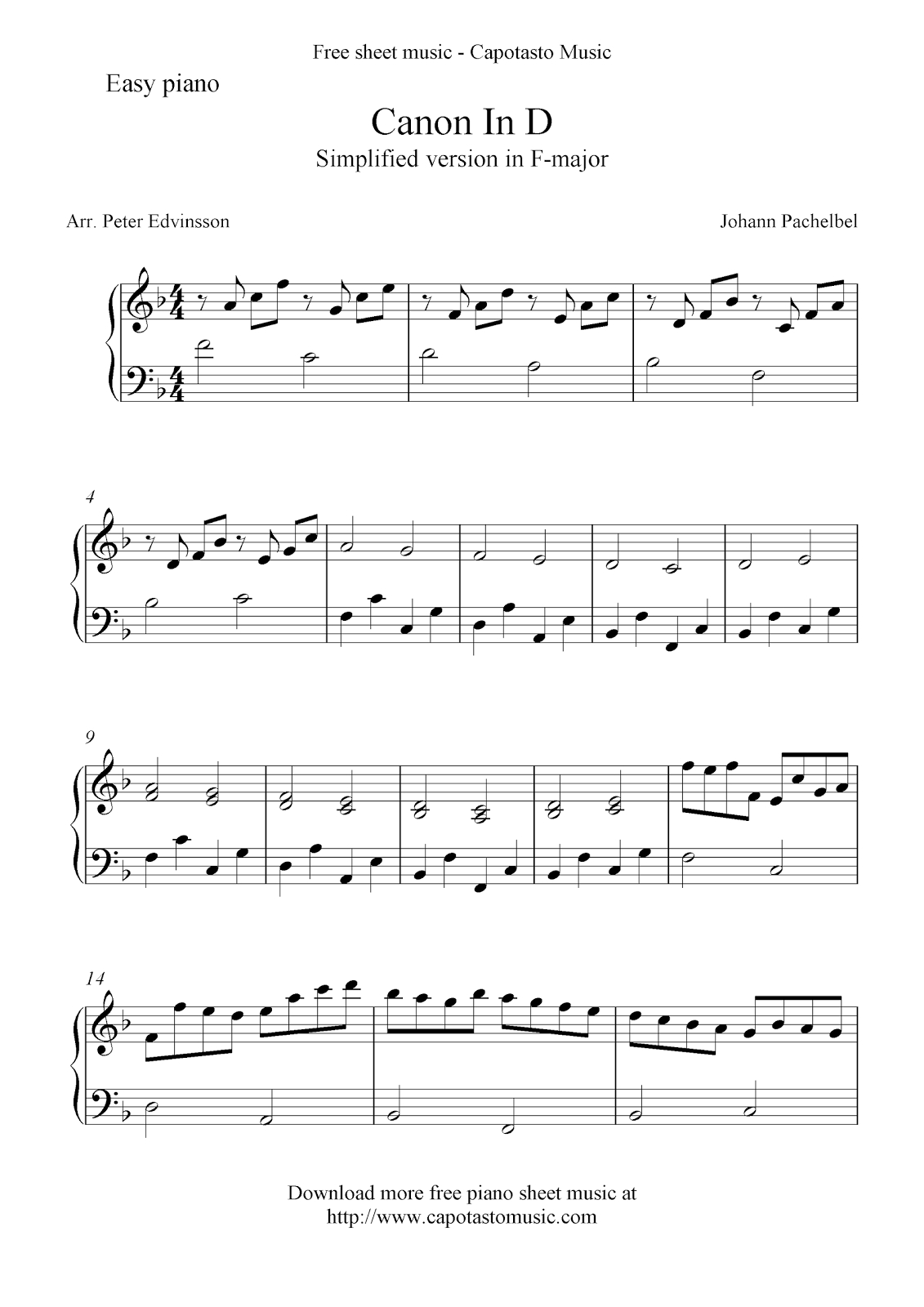

It’s easy - just move up or down a half step for a sharp or flat. Once you’ve learned all of the “white keys” on the piano, you can start getting comfortable with sharps and flats. Once you reach G, the alphabet starts over - there is no “H” or beyond in the musical alphabet. That new note would be a G, just like the next letter in the regular alphabet. Let’s say you are playing an F on the piano, and you move one note to the right. If you are moving to the right on the keyboard (or moving “up” as we would say), you are progressing forward through the alphabet. If you start with the landmark method, and you can recognise Middle C and C’s all over the keyboard, you should be able to name every note. Up is Forward, Down is Backwards on the Alphabetĭo you know the alphabet, or at least letters A-G? Great - you know the musical alphabet as well. Then you can start filling in the gaps from there. Then, once you have that point of reference, you will teach yourself all of the different iterations of C, G, and F (in other words, you’ll learn those notes in all of the octaves). To start, you will learn Middle C and the surrounding F and G are on the keyboard: Credit: Musicians Inspired This is a very popular method for recognising musical notes that is taught in the Faber piano method and a number of other courses. You could simply start memorising them by rote, or you could try the landmark method: The Landmark Method Don’t bother yourself with reading the musical staff until after you are able to name all of the keys on the piano accurately.

You should be able to see a key on the piano and name it, or you should be able to play a note on the piano if someone calls out the name. Start with the keys, not the musical staff - we will apply this knowledge to the staff later. We call these core notes the “natural” notes. Remember – a “sharp” note is simply a note raised by a half step, and a “flat” note is lowered a half step. Start by learning A-G, then you can apply the concept of sharps and flats later. This may go without saying, but banish the thought of sharps and flats from your mind when you are just starting off. Start With The Core Notes, and Save Sharps and Flats for Later Learn Piano Keys On the Keyboard Before The Staff This guide will walk you through all of the necessary stages, and if you have any questions about our London piano lessons at the London Piano Centre, please reach out to us at your earliest convenience.
#Piano notea how to
With memorising piano notes, you’ll need to learn where the notes are on the keyboard, how to alter them with sharps and flats, and finally how to recognise those notes on the musical staff. Do you want to memorise notes on the piano or learn how to read sheet music? It’s similar to learning to read a book you have to start by learning the letters (the building blocks of words), then you can put them together to form words and sentences.


 0 kommentar(er)
0 kommentar(er)
